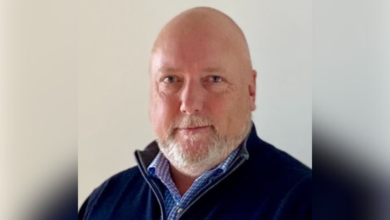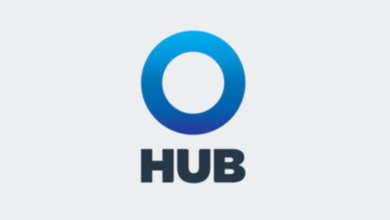"Many people in our industry see prisoners as a product."

“A lot of people in our industry see prisoners as a product.”
ownership
Written by Chris Davis
With over 26 years in the industry, there’s not much that Andrew Chambers (pictured) hasn’t seen. As a risk consultant and co-head of property and casualty at Scott Insurance, Chambers tells International Baccalaureate That his first years in the sector were a completely different market.
“For the first 15 years I was in the industry, we were in a very weak insurance market,” he said. “The customer service and renewal negotiation process was a completely different experience than it is today.”
For Chambers, he attributes this shift to a shift in industry dynamics, largely driven by societal factors such as social inflation and large claims, which have had a significant impact on insurers’ results. According to research from Swiss Re, social inflation has been present since 2015, with liability claims costs in the US rising by an average of 16% over the past five years.
Insurance Transformation and Captive Companies
“The process of dealing with insurance transactions today is much more complex than it was 15 years ago,” Chambers added.
This complexity has paved the way for the emergence of alternative risk financing mechanisms, such as captive companies.
“A lot of people in our industry see captives as just a product, but for us, it’s more of a philosophy,” he said. International Baccalaureate“We want to partner with our clients and help them improve. If we can understand their business at a level that allows us to really help them influence their risk performance, they will outperform others in the insurance market. This often leads to high-performing clients wanting a less volatile, more tailored solution. Our clients have been coming back to us saying, ‘We’re doing really well. The insurance market is benefiting greatly from the investments we’re making. How do we contribute to that?’”
For upper-middle-market companies, these risks are high. In contrast to the broader risk pools in homeowners insurance, these companies are expected to be profitable for the insurance industry over time. Poor performance leads to higher premiums at renewal, prompting many companies to explore alternative risk financing. Here, Chambers stresses the importance of viewing this as risk financing rather than traditional insurance, and exploring options such as discount plans.
Member-owned groups also enjoy many advantages, including potential profits for good performance and the development of professional relationships between companies.
“By working together, they learn from each other, and that goes beyond just insurance,” Chambers added. “Moving from an annual transactional approach to insurance, to a long-term risk financing plan, reduces the volatility that the traditional insurance market presents. It encourages investment in safety and risk management, as well as improved communication and culture – and we see all of that.”
Asked about the impact of complex risks and evolving regulations, Chambers acknowledged that niche risks often fall outside the scope of traditional member-owned captive groups.
“(When you think about) what’s in a traditional member-owned group, or the primary casualty lines, general liability, workers’ compensation on appeal, what you’re describing would be a little bit more enterprise risk,” he said. International Baccalaureate.
Instead, these companies may require captive insurers for enterprise risks, which are designed to address specific balance sheet risks that traditional markets don’t cover. Chambers also notes that while Scott Insurance primarily focuses on core property and casualty lines of insurance such as large property schedules, general liability and workers’ compensation, there are captive management companies that focus on enterprise risk programs.
How to effectively advise clients
Here, as Chambers points out, comes the absolute importance of understanding the industries and companies they serve.
“To effectively advise, coach and advocate for our clients, you have to really know their business,” he says. It’s this deep understanding that allows Scott Insurance to tailor solutions to meet clients’ specific needs, especially in areas like affordable housing, which has become a successful area for the company.
Affordable housing presents unique challenges due to the limited scope and lack of understanding among insurance companies.
“When it comes to our affordable housing practice, we take a holistic approach by actively participating in associations and investing in the growth of the industry,” Chambers explained. “We do everything we can to help grow the industry and provide better insurance solutions in a challenging market. Our affordable housing practice educates insurance companies on the nuances of the industry, and likewise, educates our clients on how the insurance market views them and what they can do to try to address misconceptions.”
The evolving insurance landscape, characterised by increasing complexity and specialised risks, requires a proactive and knowledgeable approach. Their philosophy of partnering with clients, understanding their business and leveraging alternative risk financing mechanisms such as captive insurance, positions Scott Insurance to effectively navigate these challenges.
As Chambers said International Baccalaureate“It’s about financing risk in the most efficient way possible and reducing the volatility of the traditional insurance market.”
Related Stories






Fetching comments…